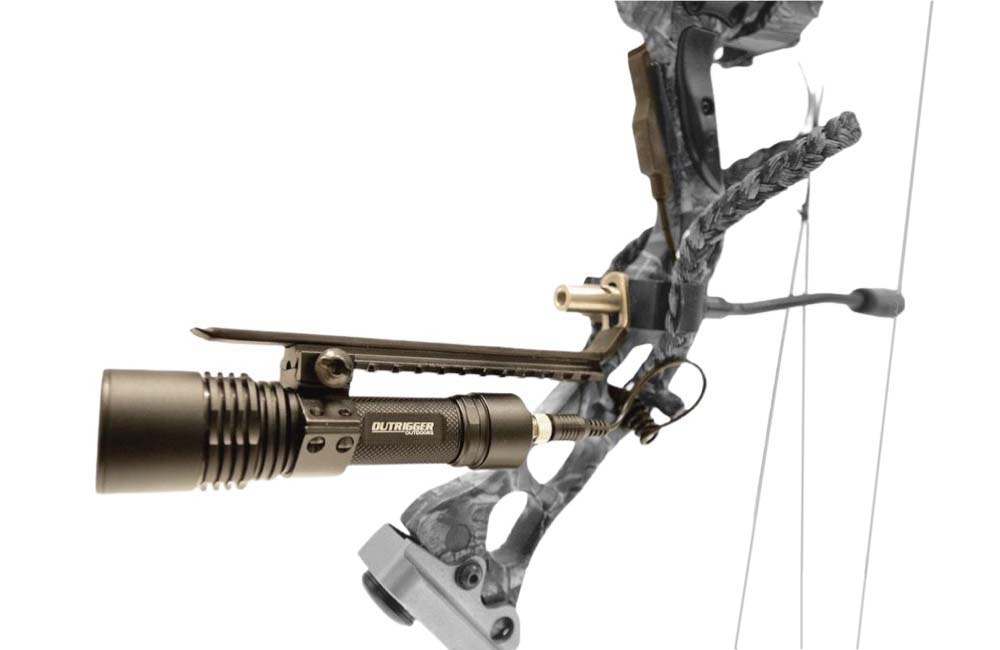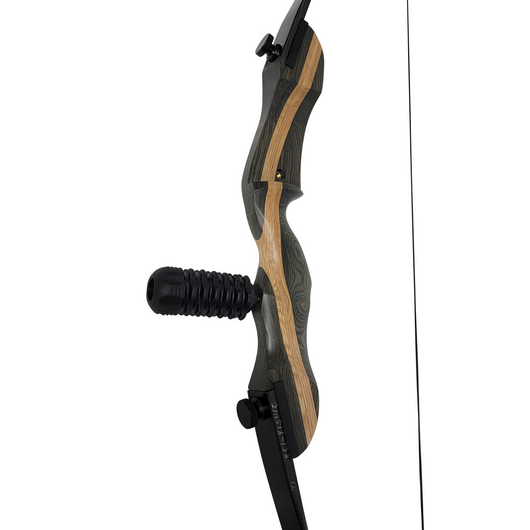Necessary Tips: Selecting the very best Compound Bow Stabilizer for Your Configuration
Necessary Tips: Selecting the very best Compound Bow Stabilizer for Your Configuration
Blog Article
Optimizing Your Archery Performance With the Right Substance Bow Stabilizer: a Comprehensive Review
In the realm of uniformity, precision and archery are vital to achieving ideal performance. One often-overlooked yet vital element in boosting accuracy is the substance bow stabilizer. This unassuming tool plays a significant role in steadying your aim, minimizing bow torque, and taking in vibrations. However, the effectiveness of a stabilizer depends upon numerous factors, consisting of placement, weight, and layout. By recognizing the subtleties of selecting and optimizing a substance bow stabilizer, archers can tweak their tools to elevate their shooting experience to new degrees of efficiency and control.
Value of Bow Stabilizers in Archery

Additionally, bow stabilizers help in balancing the weight distribution of the bow, which can boost the archer's security while firing and aiming. By including weight to the front of the bow, stabilizers can minimize the amount of torque experienced upon release, leading to a smoother and extra controlled shot - compound bow stabilizer. This weight distribution likewise aids in holding the bow constant for a longer duration, allowing the archer to intend extra accurately
Sorts Of Compound Bow Stabilizers
When taking into consideration the various types of compound bow stabilizers offered, it is necessary to understand their distinctive functions and functions to identify the most suitable choice for making the most of archery performance. The most typical types of substance bow stabilizers include sidebar stabilizers, front stabilizers, and back stabilizers. Back stabilizers, also called rear stabilizers, are mounted to the back of the bow and aid in counteracting the weight of other devices, resulting in enhanced stability and steady aiming.
Factors to Think About When Picking
In examining substance bow stabilizers, comprehending the unique functions and functions of each kind is crucial for making a notified decision on the most appropriate alternative to improve archery efficiency. When picking a stabilizer, one need to consider the weight of the click for more info stabilizer itself. By very carefully evaluating these aspects, archers can select a substance bow stabilizer that lines up with their shooting design and optimizes their total performance on the archery range.
Installation and Change Tips
For optimum efficiency and precision in archery, mastering the installment and adjustment of your bow stabilizer is essential. Correct installment starts with connecting the stabilizer to the bow's riser, guaranteeing find out this here it is firmly secured. A lot of stabilizers come with mounting hardware for very easy setup, but it's essential to follow the manufacturer's standards for the details version you have. When connected, readjusting the stabilizer includes discovering the appropriate equilibrium between weight distribution and size. Experiment with various mixes till you achieve the desired feel and stability.
When adjusting the stabilizer, begin with little step-by-step modifications instead than extreme modifications. Pay attention to how the bow reacts to adjustments in stabilizer settings and make changes accordingly. Routinely examine the stabilizer's rigidity and general problem to guarantee it continues to operate optimally.
Upkeep and Care Standards

It is also important to save your bow with the stabilizer in a protected and risk-free location when not in use. Stay clear of leaving it in severe temperatures or exposed to guide sunshine for extended durations, as this can cause damage to the stabilizer. Regularly examine the stabilizer's alignment to ensure it is still effectively positioned on your bow. Adhering to useful site these upkeep and care guidelines will certainly aid you get the most out of your bow stabilizer and enhance your total archery performance.
Final Thought
In final thought, selecting the ideal substance bow stabilizer is vital for making the most of archery performance. Comprehending the significance, types, factors to consider, installation and change suggestions, in addition to maintenance and care standards can substantially impact one's precision and consistency in shooting. By choosing a stabilizer that matches specific demands and choices, archers can enhance their general performance and achieve far better results on the range or in competitors.
Bow stabilizers play a crucial function in improving an archer's accuracy and uniformity by minimizing resonances and maintaining the bow during the release of an arrowhead - compound bow stabilizer.Furthermore, bow stabilizers assist in balancing the weight circulation of the bow, which can improve the archer's stability while firing and aiming. The most common kinds of compound bow stabilizers include sidebar stabilizers, front stabilizers, and back stabilizers. Back stabilizers, also called rear stabilizers, are installed to the back of the bow and help in reversing the weight of various other devices, resulting in boosted stability and constant intending. When choosing a stabilizer, one must take into consideration the weight of the stabilizer itself
Report this page